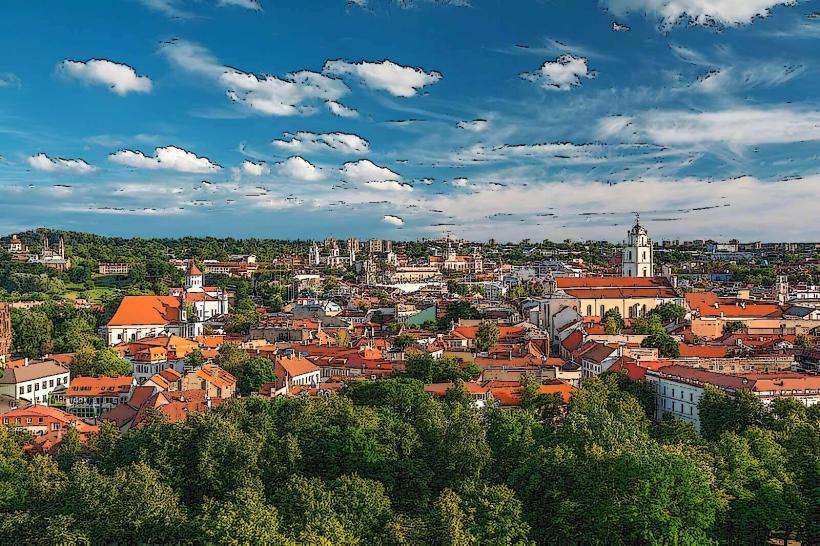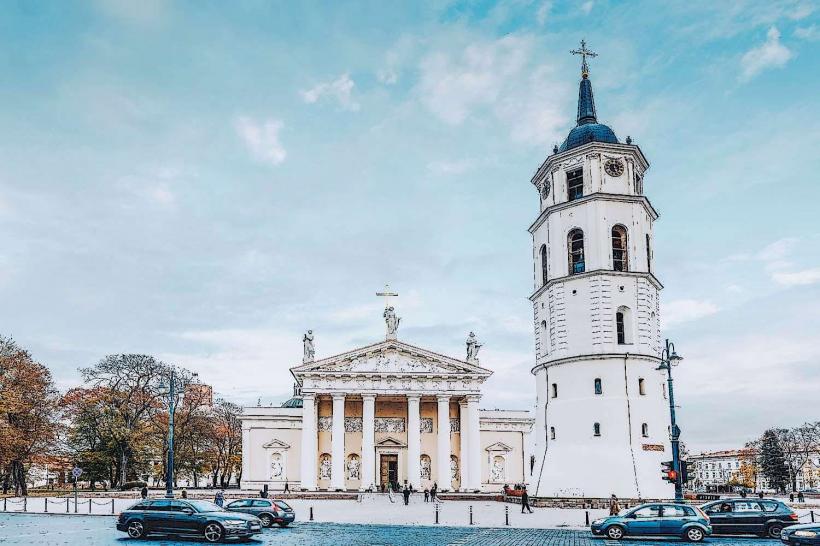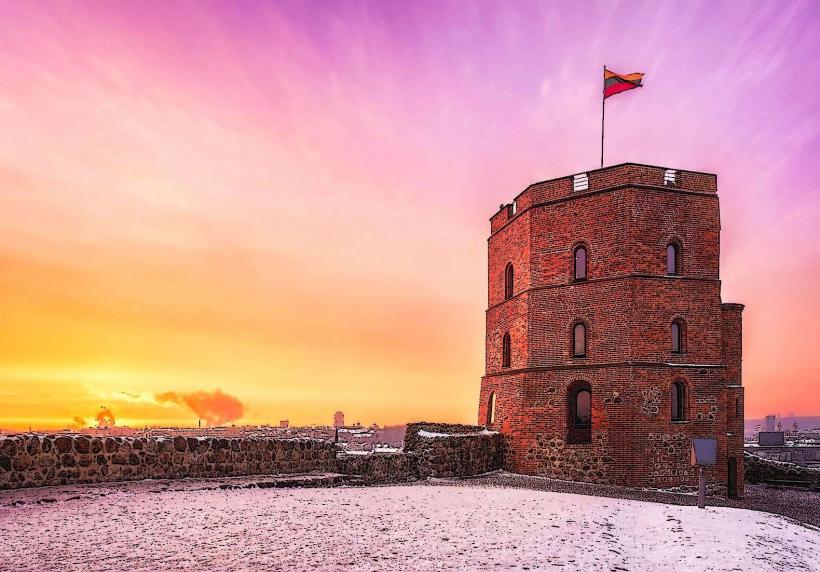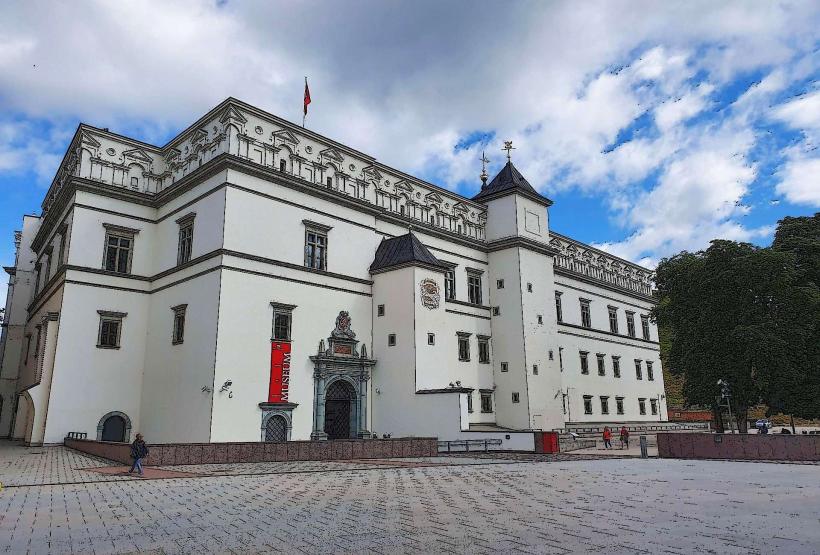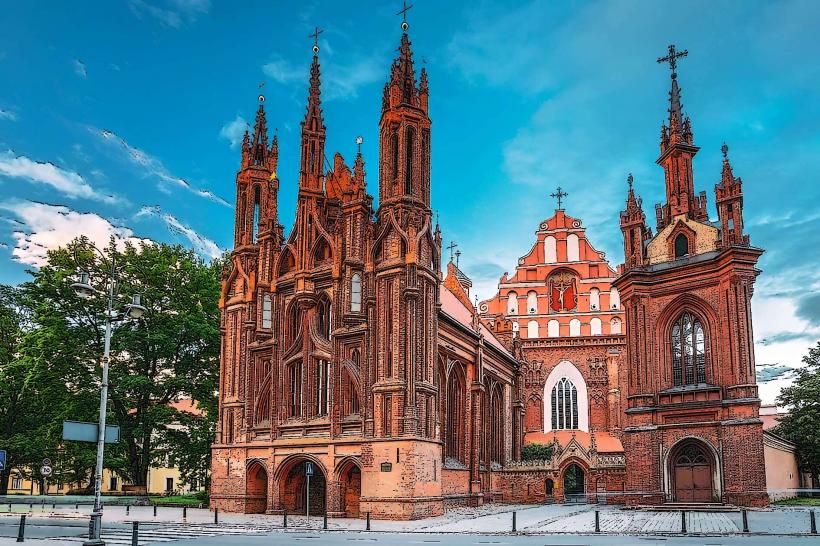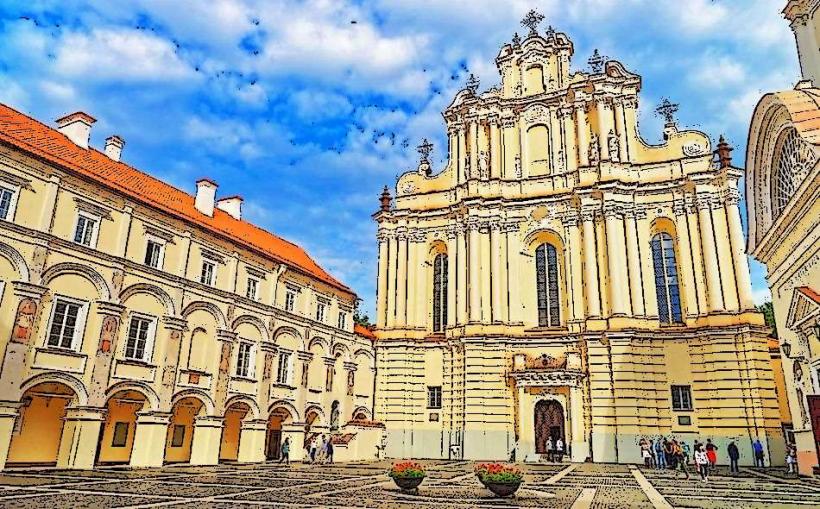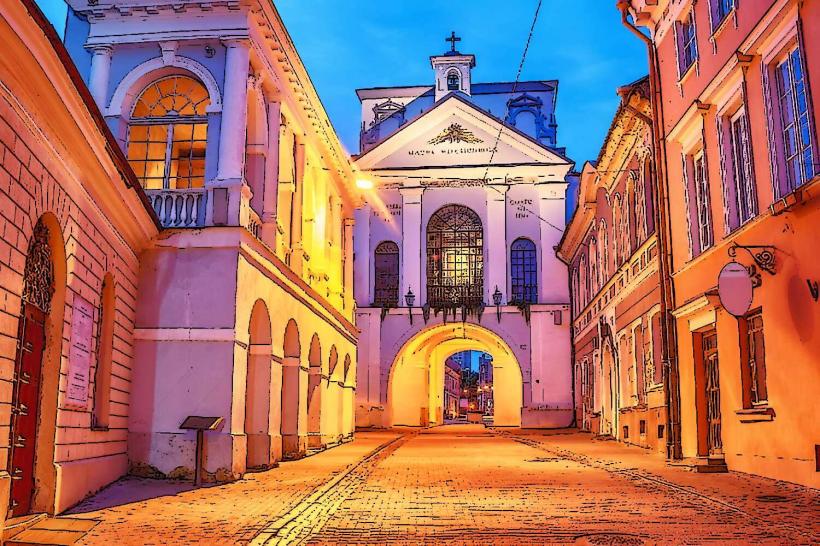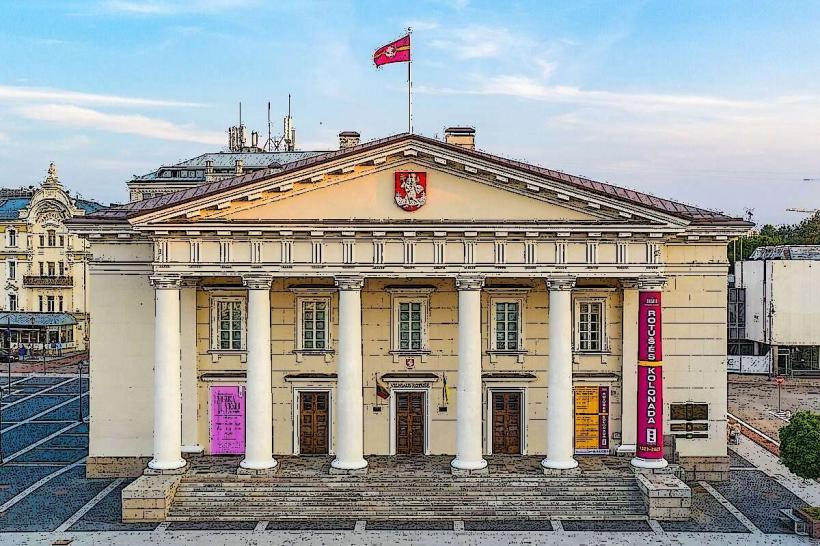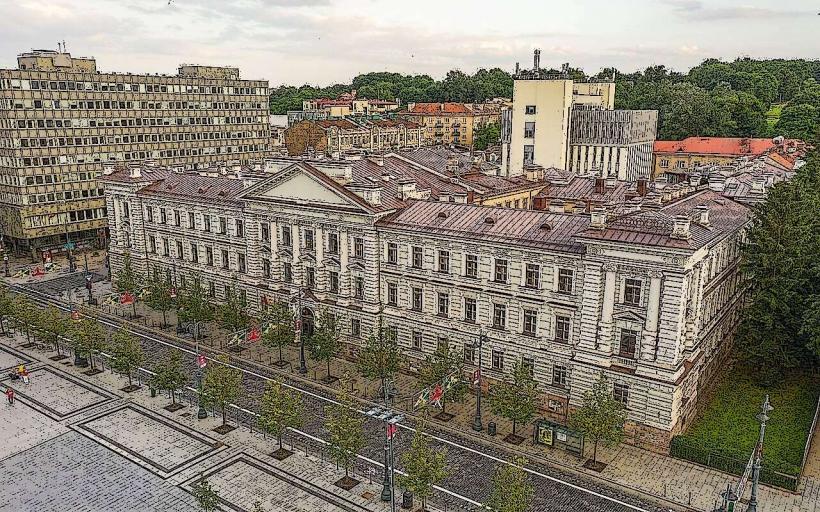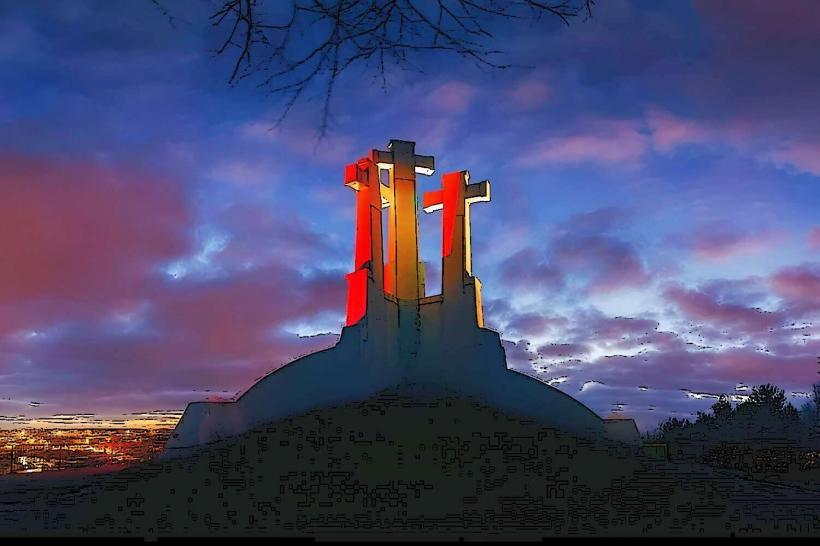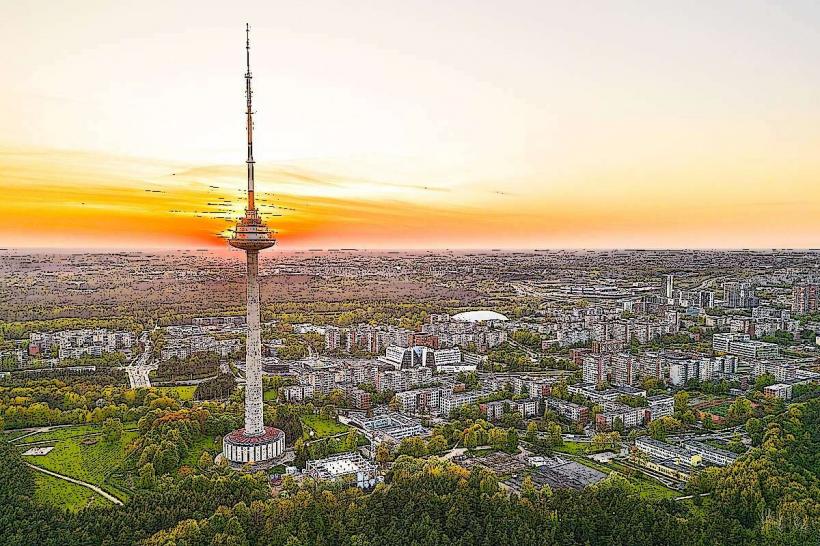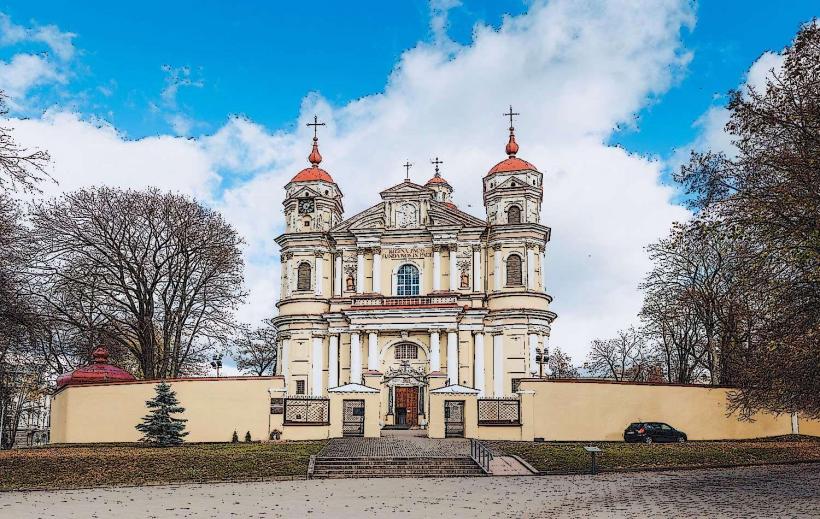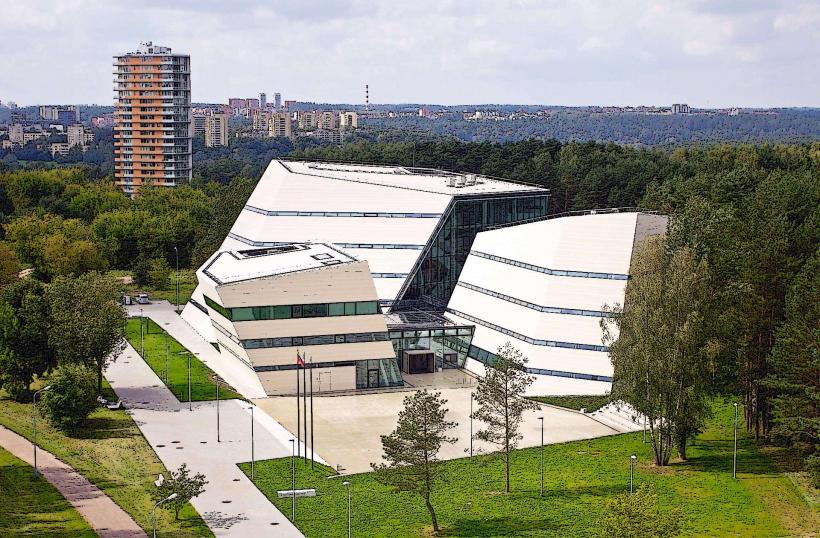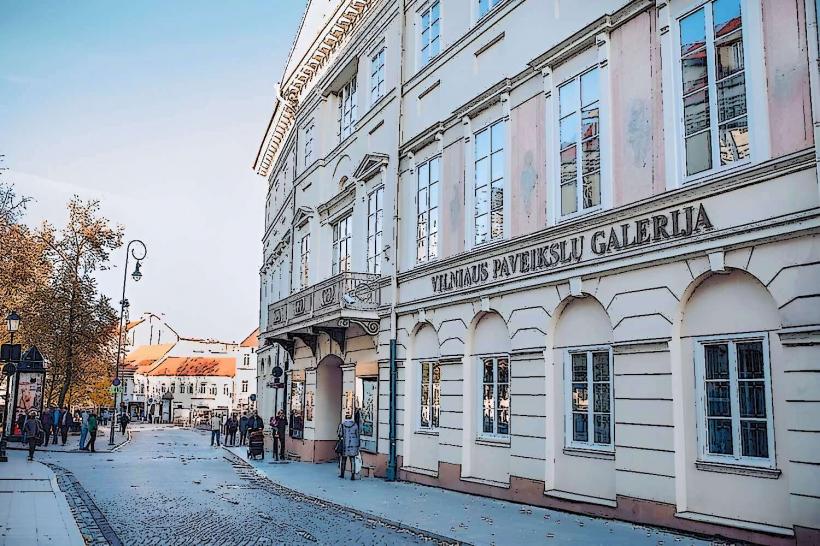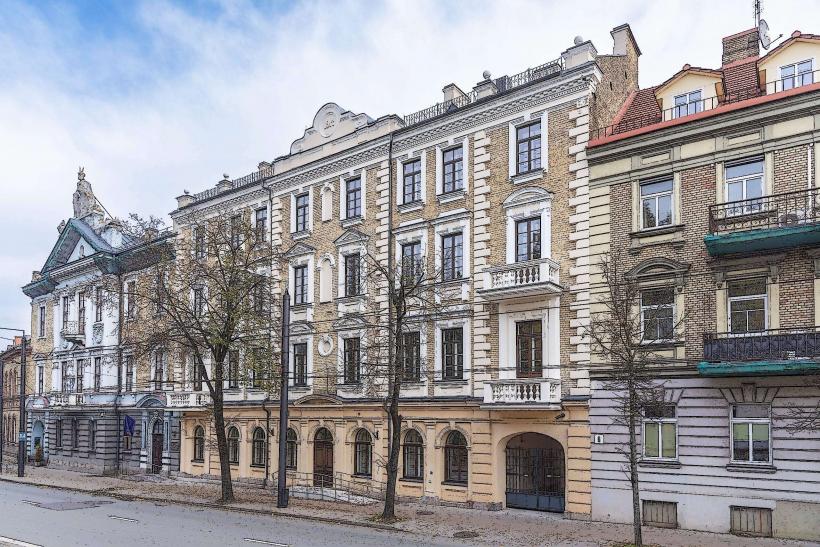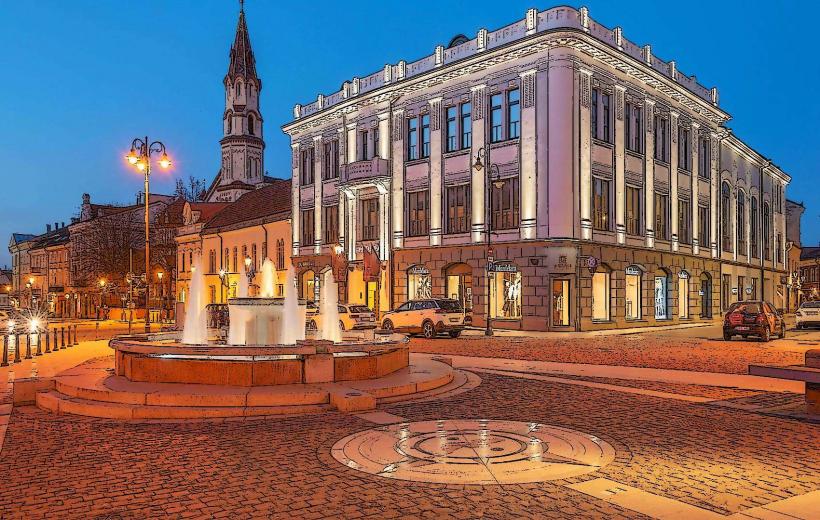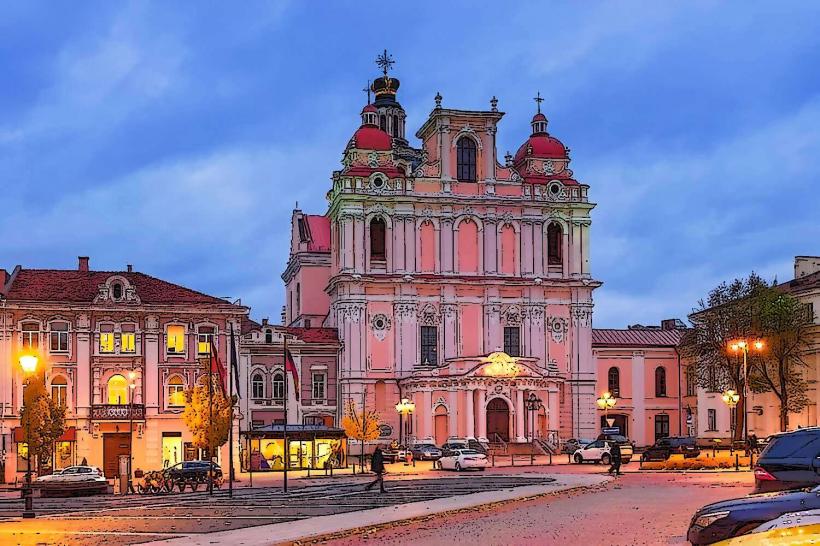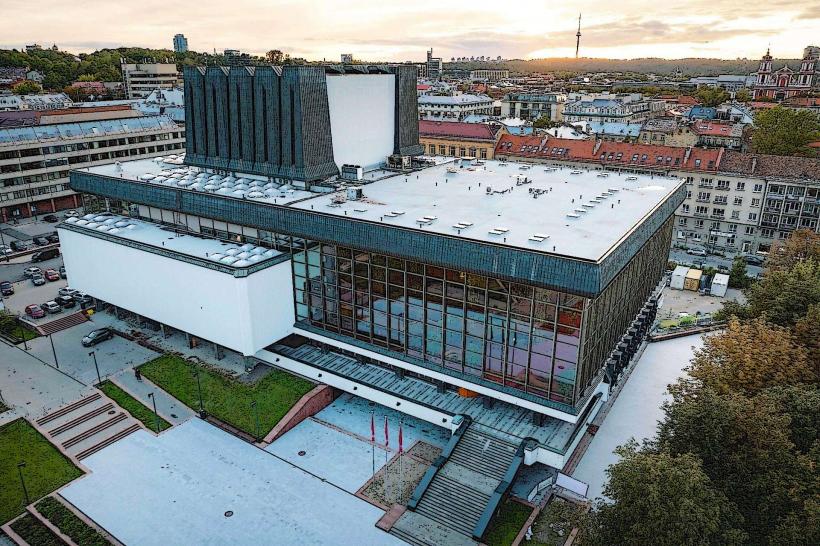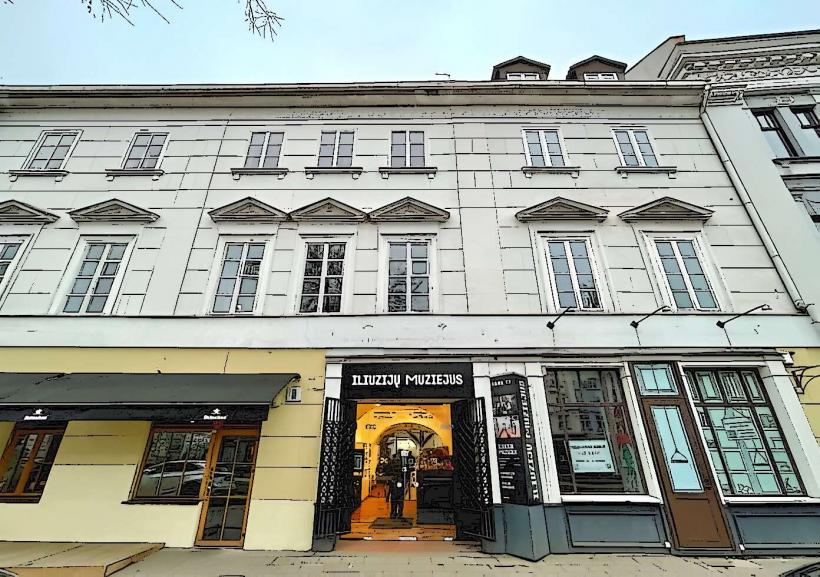Information
Landmark: Monument to Grand Duke GediminasCity: Vilnius
Country: Lithuania
Continent: Europe
Monument to the Grand Duchy of Lithuania (Paminklas Lietuvos Didžiajai Kunigaikštystei)
The Monument to the Grand Duchy of Lithuania is a prominent memorial located in Vilnius, commemorating the historical significance of the Grand Duchy of Lithuania (GDL), one of the largest and most influential states in medieval Europe. The monument honors the cultural, political, and historical heritage of the Grand Duchy, which played a pivotal role in shaping the history of Lithuania, Poland, and the broader region.
Historical Context of the Grand Duchy of Lithuania
- The Grand Duchy of Lithuania existed from the 13th century until its formal dissolution in 1795. It was a multi-ethnic state that at its peak stretched from the Baltic Sea to the Black Sea, covering a vast area of modern-day Lithuania, Belarus, Ukraine, and parts of Poland and Russia.
- The GDL was one of the most powerful states in Europe during the Middle Ages and the early modern period, especially when it united with the Kingdom of Poland in the 16th century through the Union of Lublin, creating the Polish-Lithuanian Commonwealth.
- The Grand Duchy is remembered for its cultural achievements, legal innovations, and its role in resisting foreign invasions, including from the Teutonic Knights and later Muscovite Russia.
Design and Symbolism of the Monument
The Monument to the Grand Duchy of Lithuania was unveiled in 2009 to commemorate the 800th anniversary of the establishment of the Grand Duchy. The monument is located near the Presidential Palace in the heart of Vilnius, a city that served as the capital of the Grand Duchy and is integral to its historical legacy.
Architectural Design: The monument was designed by the Lithuanian artist Vyacheslavas Karpovas and consists of a column topped with a statue symbolizing the spirit of the Grand Duchy. The design blends modern aesthetics with references to the historical heritage of the GDL. The monument's clean lines and geometric shapes symbolize the unity and strength of the Grand Duchy.
Symbolic Elements:
- The monument's central column represents the idea of the unity and strength of the Grand Duchy, while the eagle at the top evokes the Lithuanian coat of arms, a prominent symbol of the GDL.
- The eagle and other elements of the sculpture are also meant to remind viewers of the Lithuanian nobility and the state’s military prowess. The eagle symbol was used by the GDL as a symbol of their sovereignty and independence.
- Inscribed plaques around the base of the monument depict various historical figures and milestones that are part of the legacy of the Grand Duchy of Lithuania.
Location and Significance
Position in Vilnius: The monument is located in the central part of Vilnius, close to Gediminas Avenue and the Presidential Palace, a key area of the city. The location is significant, as it was the heart of the political and cultural life of the Grand Duchy. The monument's placement in the city's historic center reflects its importance in the national consciousness of Lithuania.
National Symbol: The monument serves as a national symbol of Lithuania’s historical sovereignty, independence, and identity. It also serves as a reminder of the multi-ethnic nature of the Grand Duchy and its role in the history of the Baltic region. The monument is a testament to the country’s pride in its medieval past and its continuous quest for independence, which culminated in the re-establishment of the Republic of Lithuania in the 20th century.
Cultural Importance: The monument also plays a cultural role, providing a space for reflection on Lithuania's history and identity. It is frequently visited by tourists, as well as by locals, especially during national holidays, such as Independence Day (celebrating Lithuania's modern-day independence). The monument stands as a tribute to the enduring legacy of the Grand Duchy of Lithuania, which contributed to the formation of Lithuanian and European history.
Visitor Experience
Accessibility: The monument is easily accessible to visitors and is a popular stop for those exploring the Old Town of Vilnius. Located in a central area, it is close to other key attractions such as Vilnius Cathedral, Gediminas' Tower, and Cathedral Square.
Cultural and Educational Value: The monument offers an opportunity to learn about the medieval history of Lithuania and the Grand Duchy’s role in the broader European context. Visitors can read the historical plaques and reflect on the period in which the Grand Duchy thrived.
Reflection and National Pride: The monument serves as a point of national pride, especially for Lithuanians, who are reminded of their rich history and the resilience of their ancestors. It stands as a symbol of the Lithuanian people’s perseverance, sovereignty, and the enduring legacy of the Grand Duchy of Lithuania.
Conclusion
The Monument to the Grand Duchy of Lithuania is a significant tribute to the rich history of the Grand Duchy of Lithuania, offering a symbol of national pride and historical reflection for the people of Lithuania. The monument’s modern design, combined with its historical symbolism, serves as a powerful reminder of the strength, unity, and cultural achievements of one of medieval Europe’s most influential states. Its location in Vilnius, the heart of the Grand Duchy, adds to its cultural and historical significance, making it an important site for both locals and visitors interested in Lithuanian history.

